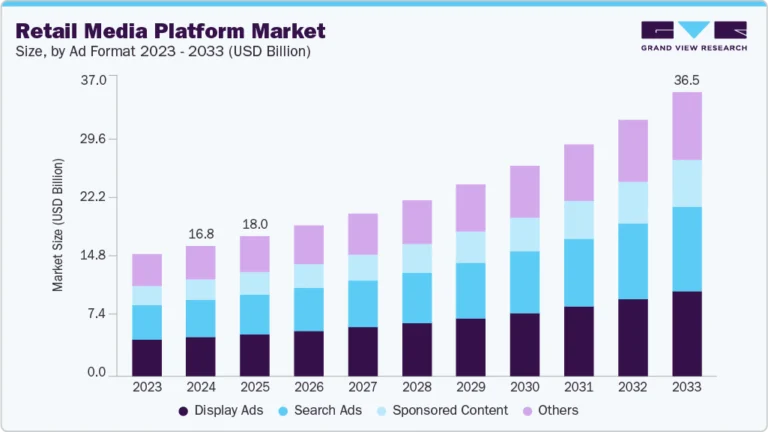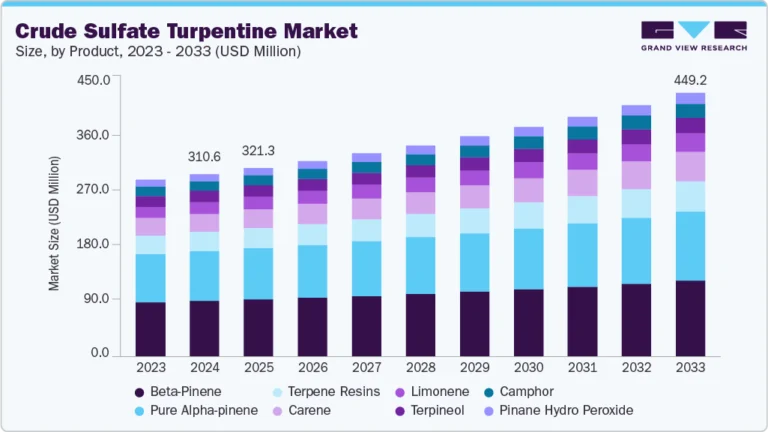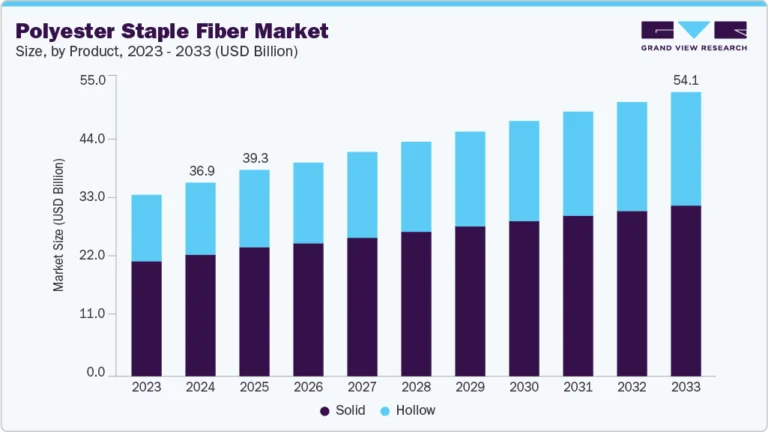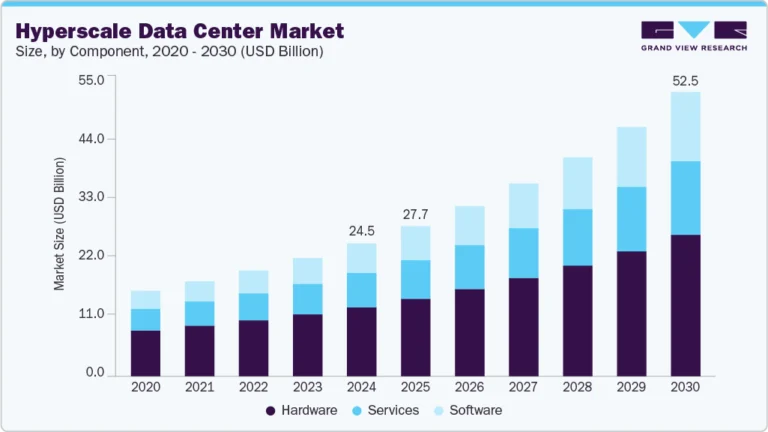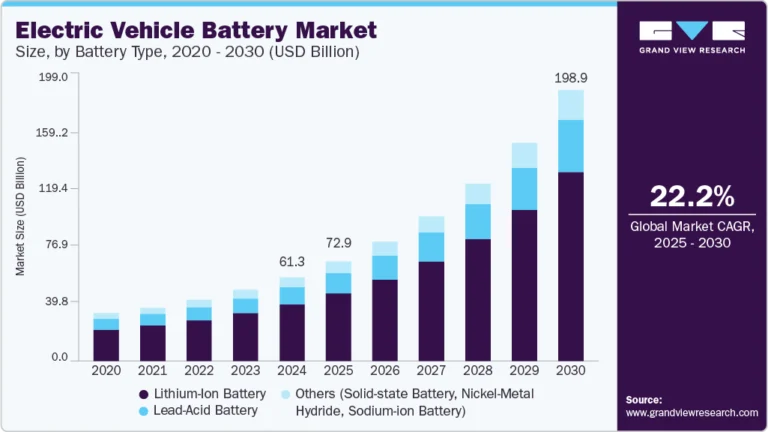Connected Thermostat Market Size, Share & Trends Analysis growing at a CAGR of 15.0% from 2025 to 2033

The global connected thermostat market size was estimated at USD 2,309.2 million in 2024 and is projected to reach USD 8,169.7million by 2033, growing at a CAGR of 15.0% from 2025 to 2033. The market is witnessing significant growth due to increasing adoption of smart home technologies, demand for energy efficiency, and rising awareness about environmental sustainability.
Key Market Trends & Insights
- The market in North America dominated the global revenue share with the largest revenue share of 35.2% in 2024.
- The connected thermostat market in China is expected to grow at a fast-paced CAGR of 16.6% from 2025 to 2033.
- By connected technology, the Bluetooth segment is expected to grow at a rapid CAGR of 15.2% from 2025 to 2033 in terms of revenue.
- By application, the new construction segment is expected to grow at a significant CAGR of 15.2% from 2025 to 2033 in terms of revenue.
- By end use, the industrial segment is expected to grow at a considerable CAGR of 15.8% from 2025 to 2033 in terms of revenue.
Market Size & Forecast
- 2024 Market Size: USD 2,309.2 Million
- 2033 Projected Market Size: USD 8,169.7 Million
- CAGR (2025-2033):15.0%
- North America: Largest market in 2024
- Asia Pacific: Fastest growing market
Request a free sample copy or view report summary: https://www.grandviewresearch.com/industry-analysis/connected-thermostat-market-report/request/rs1
Connected thermostats offer real-time remote control, learning capabilities, and automation that enhance user convenience and reduce energy consumption. The adoption of connected thermostats is gaining traction across residential, commercial, and industrial sectors as users seek data-driven climate control solutions. In addition, utility companies are deploying connected thermostats as part of demand response programs to optimize grid usage, which is further stimulating market growth.
Market Concentration & Characteristics
The global connected thermostat market is moderately consolidated, characterized by the presence of several leading multinational corporations such as Honeywell International Inc., Emerson Electric Co., and ecobee, alongside a growing number of specialized startups and regional players. These companies compete primarily on technological innovation, connectivity technology design, interoperability, and ecosystem compatibility.
Large players hold notable market shares due to their established brand presence, wide distribution networks, and integration with broader smart home or building automation platforms. However, emerging startups are actively disrupting the space with agile development cycles, unique software capabilities, and competitive pricing models. These challengers often focus on niche applications or enhanced user experiences, contributing to a dynamic competitive landscape.
Research and development investments are centered around features such as self-learning algorithms, geofencing, voice assistant integration, and predictive maintenance capabilities. Cloud connectivity, over-the-air software updates, and mobile app control are becoming baseline features as consumer demands convenience and control.
Strategic collaborations are also shaping the industry, with thermostat manufacturers increasingly partnering with HVAC system OEMs, utility providers for demand-response programs, and IoT platform providers to deliver integrated climate control ecosystems. White-labeling is emerging as a preferred model among retailers and utility companies aiming to offer branded smart energy connectivity technology.

